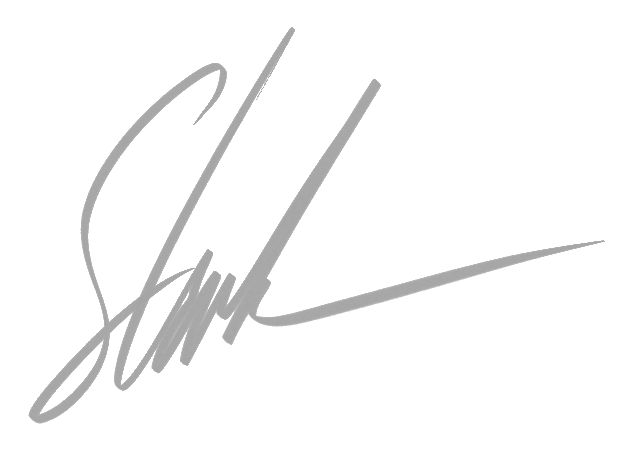Hull design - surfacing
Part of the challenge of hull design and of the increasingly exacting requirements of superstructure design is understanding precisely what shape you need, and how to create it. The computing power and visualisation technologies have developed enormously since my undergraduate thesis in surfacing design over a quarter of a century ago (!!), but the fundamental challenge is the same - how do I know that what’s in the computer (thus what’s going to be built) is exactly what the client expects.
[ side note: it’s crucial to always understand the tools you’re relying on - even the surface analysis techniques explained here depend on underlying systems in the surfacing software, such as the surface subdivision algorithms used. Poorly used tools can give wildly inaccurate results ]
A tale of three surfaces
For the sake of illustration, we’ll be looking at three surfaces, each with different fundamental shapes, one is semi-cylindrical, one has flat edges with a small hill and one is saddle-shaped.
The second image with the black background immediately shows us detail that the image above misses - the hull/bump in the centre surface becomes apparent.
Thus being able to see and interpret the interplay of light and reflection on the surfaces is important.
The pictures to the left show images reflected in the surfaces, even more clearly giving information about their shapes. This effect is amplified by rotating the model in the computer and studying how the light moves across the surfaces.
[ life application of this technique: next time you’re buying a car, looking at the reflections in the panels tells you much more about the panel alignment than just looking at the panels themselves! The reflections carry much more detail ]
The ‘osculating curvature’ of a line shows the inverse of the radius of a circle that fits through three adjacent points on the curve. This provides a very handy tool for understanding the shape of a surface that varies slowly - such as long, sculpted superstructures. The picture to the right shows such a curvature plot on two edges of our surfaces.
Note how the curves on the pink surface vary consistently, whereas the curvature plot on the rightmost edge of our green saddle surface shows a hollow in the middle. This shows that the curvature of this surface may not be as ‘clean’ as the pictures above may suggest.
Analytic geometry provides a more mathematically precise method of understanding surface curvature. Gaussian curvature for example tells us about the underlying shape of a surface - it is the result of combining the two primary curvatures of a surface at a given point (the vector cross-product of the principal curvatures). As always, a picture tells a thousand words.
The pink surface has a zero Gaussian curvature. This means that at every point on the surface, at least one of the principal curvatures is zero. This surface is thus a developable surface, which means it can be ‘unrolled’ without stretching.
The blue surface shows the gamut of curvatures, from the red spherical shape (both principal curvatures positive) at the top, through the locally saddle-shaped blue regions through to the green perimeter.
The green surface is rendered blue when it’s Gaussian curvature is shown, illustrating that at each point on this surface, one of the curvatures is positive, while the other is negative.
The lines plan (discussed in an earlier post), reflection mapping, osculating circle curvature analysis, as well as analytical tools such as Gaussian curvature all provide essential insights into the shapes being designed. In concert, they provide a powerful suite for understanding surface shape that may be otherwise invisible.
Like all powerful tools, they can also be misused - understanding the underlying assumptions for these techniques is paramount.
So you see that curvature may be understood from many perspectives, each of which provide value in making sure you’re building what the client expects, and avoiding nasty fairing challenges late in the build.
I hope you’ve found this helpful.
Kind regards,
Nick.






